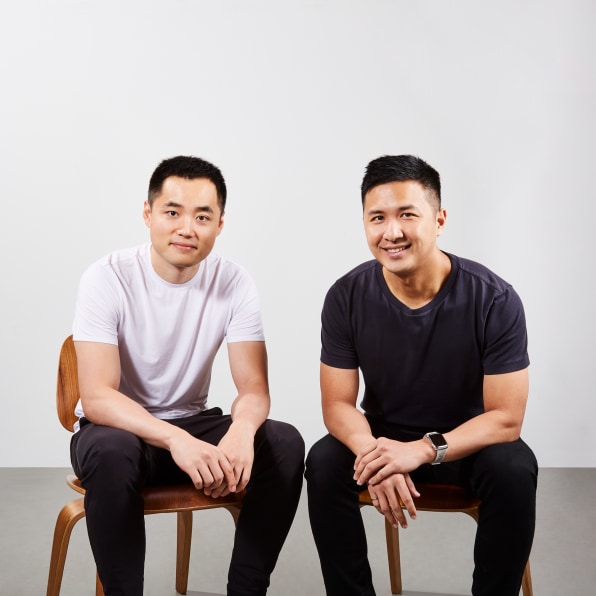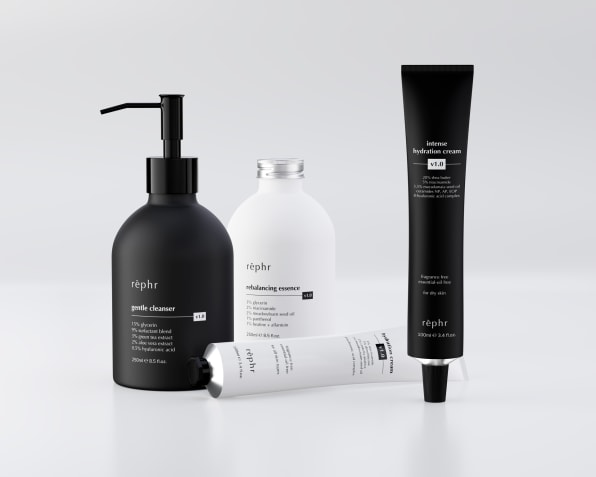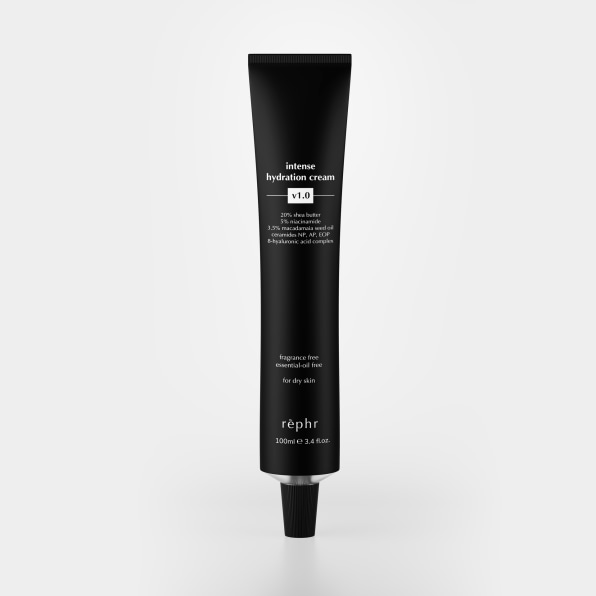[ad_1]
When Tom Shen and Kenny Leung quit their tech jobs—as senior consultant at IBM and business strategist at Facebook, respectively—to launch a direct-to-consumer company in 2019, they had no idea that just a few months later, they’d run a thriving luxury makeup-brush brand with waitlists of customer names numbering into the thousands. Today, the duo run Rephr, a crowdsourced, pay-what-you-want beauty tools and skincare company that they continue to scale and iterate by leveraging data and consumer feedback—and market through collaborative, responsive, word-of-mouth on influencer platforms, such as YouTube and Facebook.
“When we first started, we didn’t just look at the beauty category, we did everything—talked to experts in home, electronics, and beauty,” Shen tells Fast Company. “What we found when we talked to experts and makeup artists in the beauty industry is that they’re very engaged, very passionate. I’d never met a more passionate community than the beauty community. They could tell us every single detail of every single product launch, who launched a palette, who launched a brush, and exactly what they’d do to improve on a product; I’d never seen that before.”

Anyone who has even casually explored the beauty-influencer ecosystem has probably noticed how fierce and loyal that fanbase can be. From the get-go, Shen and Leung knew that gathering feedback from a very engaged community would be key to successful consumer-first product development.
Armed with data culled from an extensive series of market interviews with professional makeup artists, Shen and Leung traveled to Japan to meet with brush manufacturers in Kumano—a small city in the Mie prefecture, renowned for its artisan brush makers. They created several prototypes, which they brought to New York City to seed and test with makeup artists.
“Those five brushes were the first versions of our products,” Leung says. “And, to this day, brushes one through five remain our bestsellers.”
Not yet satisfied with the results of their data-gathering, Shen and Leung expanded their scope to prosumers and enthusiasts, taking a booth at the 2019 New York Makeup Show, where they put up a “Free Brushes” banner and handed out their first 4,000 brushes gratis, in exchange for on-the-spot feedback.
“This allowed us to talk to a broader group of people—in the thousands—just to make sure that the prototypes work not only for professionals, but also for enthusiasts,” Leung says. “We also took this prototype program online, where we sent out thousands of free brushes in exchange for feedback.”

Today, dozens of product launches in, Rephr still adheres to a pay-what-you-want model for new products available on its site. Right now, for example, while there’s a listed MSRP of $26 on the brand’s hydration cream 1.0, customers who don’t want to pay that amount can elect to name their own price and provide feedback in lieu of payment. And what kind of feedback are they receiving in exchange for handing out virtually free tubes of made-in-Korea face cream?

“I think we’ve sold over 4,000 units now, and we’re starting to get feedback,” Leung says. “The main thing we’re learning is that people love that it’s very compatible with makeup. That was the original design intention—for us to have a moisturizer that really works for our existing customer base, which is makeup users.”
Today, Rephr launches early sign-ups for its second skincare product, an intense hydration cream 1.0, created in response to customer feedback asking for a richer moisturizing experience. Available to purchase later this season, Shen and Leung plan to continue replicating their tech-inspired product launch model: Feedback, iterate, feedback, iterate—a product cycle that keeps Rephr’s core customer base engaged and looking forward to new drops.
“I think they think of us as a very interactive company—that we’re fun to work with,” Shen says. “They almost feel like they’re part of the company because they’re constantly giving us input on how to improve. We actually listen, and they see results. It’s a very unique type of relationship.”
[ad_2]
Source link

